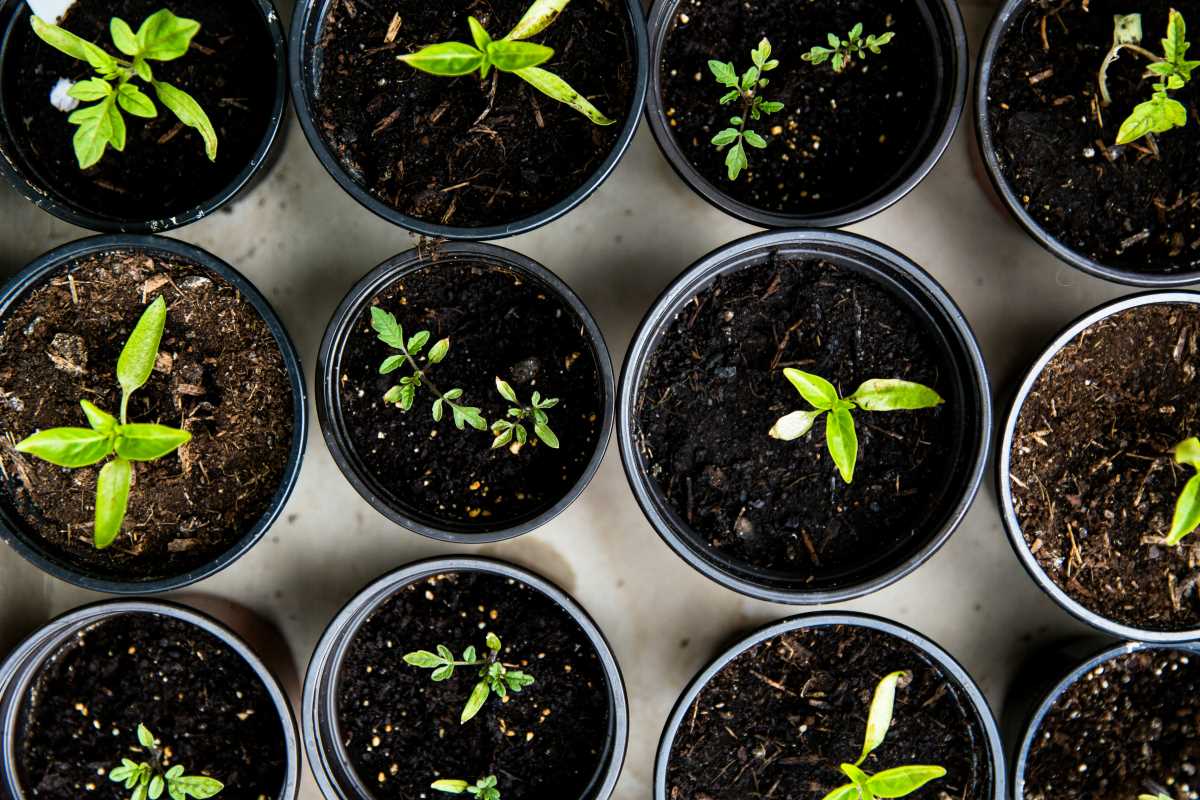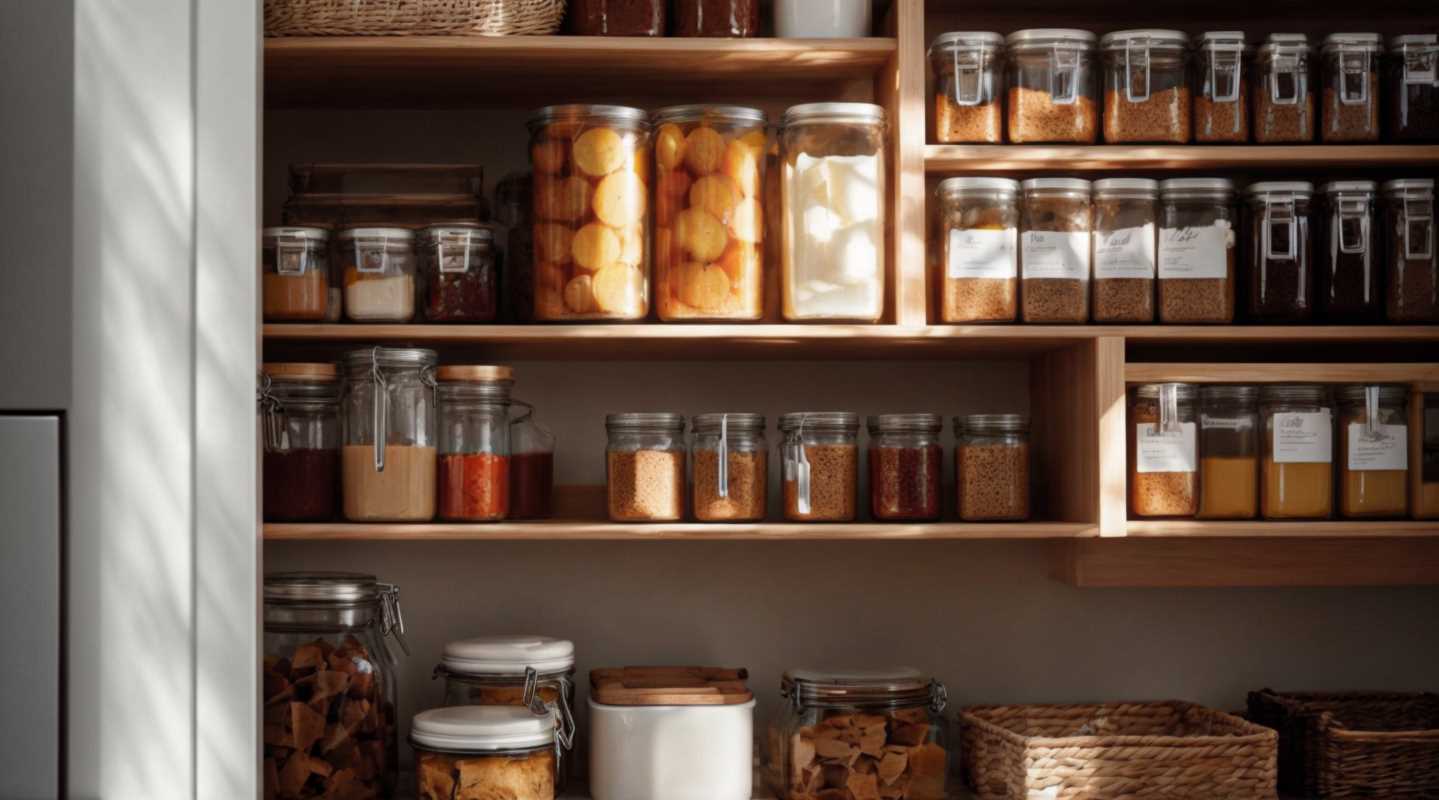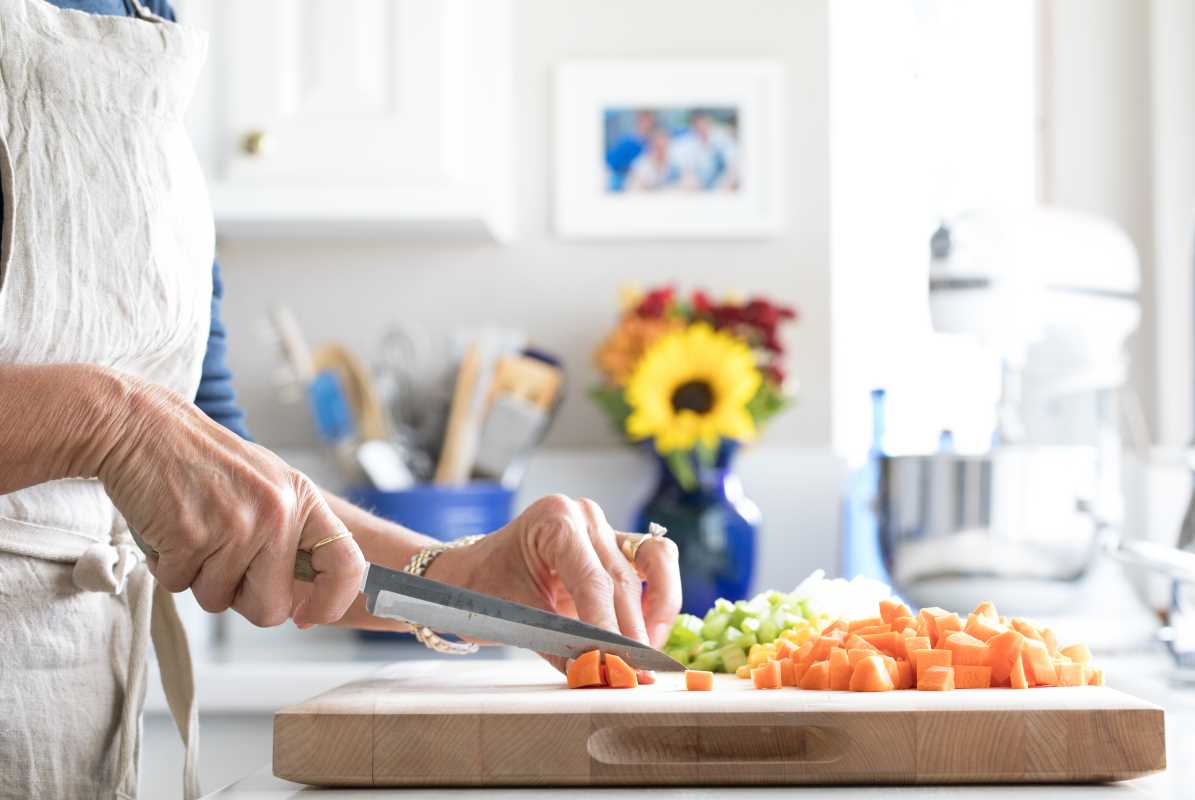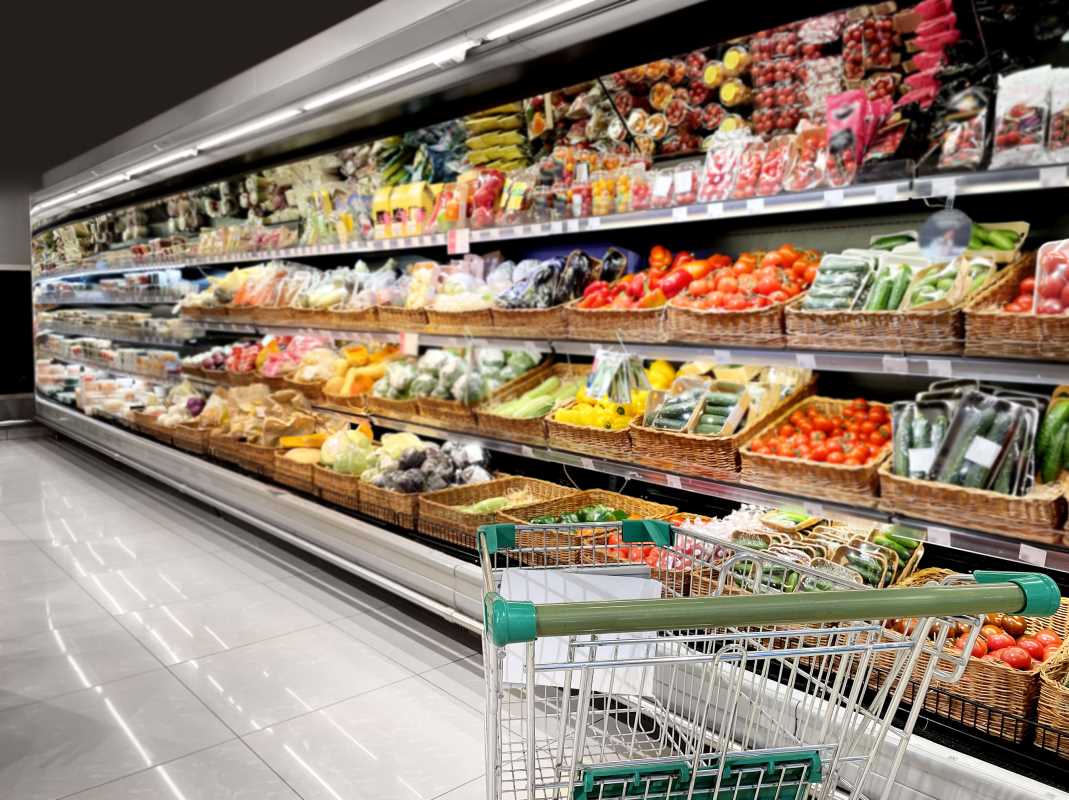Bringing fresh flavors and vibrant greenery into your kitchen might be easier than you think. An indoor herb garden not only adds a touch of greenery to your living space, but it also fits seamlessly with an environmentally friendly lifestyle. Growing your own herbs allows you to cut down on your carbon footprint, decrease packaging waste, and guarantee that the ingredients you use are as fresh and natural as they come. This small change in your daily routine can make a big impact, turning your cooking experience into something more sustainable and rewarding, while also enhancing the flavors of your favorite dishes.
Starting an indoor herb garden represents a step towards sustainable living. It helps you connect with nature, even in the busiest of households, and provides a sense of accomplishment as you watch your herbs flourish. Plus, having easy access to fresh herbs can inspire you to experiment more in the kitchen, enhancing both the flavor of your meals and your culinary creativity.
Choosing the Right Herbs
Selecting the right herbs is crucial for a successful indoor garden. Opt for varieties that suit indoor conditions and complement your cooking style. Here are some popular choices:
- Basil: Perfect for Italian dishes and pairs well with tomatoes.
- Mint: Great for beverages, desserts, and adding a refreshing touch to various dishes.
- Rosemary: Ideal for roasting meats and vegetables, adding a fragrant aroma.
- Thyme: Versatile herb that works well in soups, stews, and marinades.
- Cilantro: Essential for Mexican and Asian cuisines, adds a fresh zest.
- Parsley: A staple garnish that also enhances the flavor of many recipes.
These herbs are popular in the kitchen and relatively easy to care for indoors. They thrive in pots, require minimal space, and can be harvested regularly to ensure a continuous supply of fresh leaves.
Setting Up Your Indoor Herb Garden
Creating your indoor herb garden involves a few simple steps and materials. Here's how to get started:
- Choose Your Containers: Select pots with good drainage holes to prevent waterlogging. Consider using recycled containers to stay eco-friendly.
- Select the Right Soil: Use high-quality potting soil that provides the necessary nutrients and supports root growth.
- Pick a Suitable Location: Place your herbs in a spot that receives plenty of natural light, such as a windowsill or a well-lit corner.
- Plant Your Herbs: Carefully transplant your chosen herbs into the containers, ensuring they have enough space to grow.
- Arrange for Proper Spacing: Provide adequate space between each herb to allow for air circulation and prevent overcrowding.
- Set Up a Watering Routine: Establish a consistent watering schedule to keep the soil moist but not soggy.
Following these steps will help you create a flourishing indoor herb garden that beautifies your kitchen and contributes to a more sustainable lifestyle.
Caring for Your Herbs
Maintaining the health of your indoor herbs requires attention to a few key factors. Here are some essential tips:
- Watering: Water your herbs when the top inch of soil feels dry. Avoid overwatering, which can lead to root rot.
- Sunlight: Ensure your herbs receive at least 4-6 hours of sunlight each day. If natural light is limited, consider using a grow light.
- Pruning: Regularly trim your herbs to encourage bushy growth and prevent them from becoming leggy.
- Humidity: Keep the air around your herbs moderately humid. You can mist them occasionally or place a humidifier nearby.
- Fertilizing: Feed your herbs with a balanced, organic fertilizer every few weeks to promote healthy growth.
By following these care tips, your indoor herbs will remain vibrant and productive, providing you with a steady supply of fresh ingredients for your cooking.
Enhancing Your Kitchen's Flavor
Using home-grown herbs can elevate your cooking by adding unparalleled freshness and depth of flavor. From sprinkling chopped basil on a fresh salad to adding a sprig of rosemary to a roasted dish, the possibilities are endless. Incorporating herbs grown in your indoor balcony garden into your meals enhances the taste and allows you to experiment with new recipes and techniques.
Having easy access to fresh herbs encourages you to use them more generously, reducing the need for processed seasonings and contributing to a healthier, more sustainable diet. Imagine the delight of plucking fresh parsley or cilantro right before cooking, knowing exactly where it came from and how it was nurtured.
Eco-Friendly Gardening Tips
Adopting sustainable practices in your indoor herb garden can further align your gardening efforts with your eco-friendly values. Here are some suggestions:
Use organic fertilizers and pest control methods to maintain a healthy garden without harming the environment. Compost kitchen scraps to create nutrient-rich soil, reducing waste and promoting soil health. Consider using energy-efficient lighting if natural sunlight is insufficient, ensuring that your gardening practices remain environmentally responsible.
Maximize your space and resources while minimizing your environmental impact with some innovative indoor herb garden techniques.
Starting an indoor herb garden enhances your kitchen's flavor and supports an eco-friendly lifestyle. By choosing the right herbs and maintaining them, you enjoy fresh ingredients and contribute to a sustainable future.
 (Image via
(Image via





